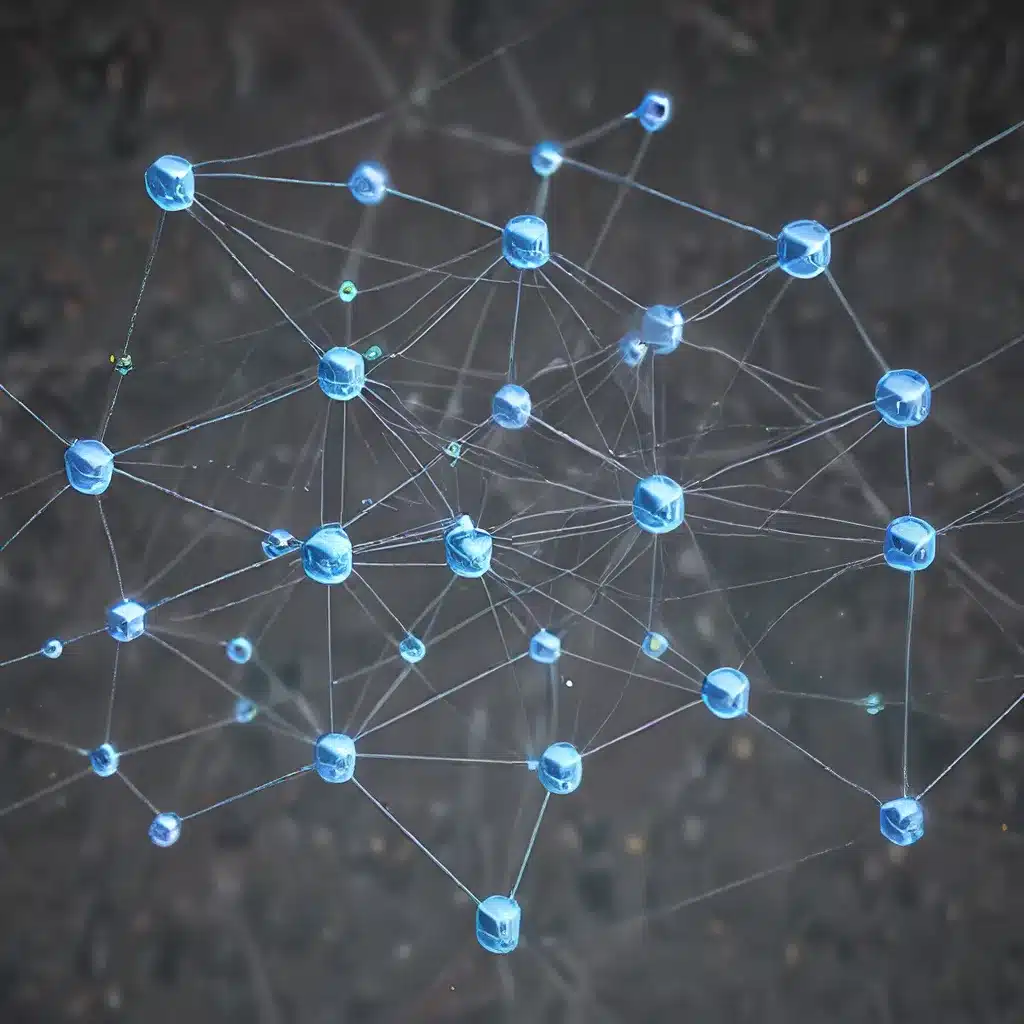
Unlocking the Potential of Sensor Networks through Adaptive Algorithms
Sensor networks have emerged as a transformative technology, enabling a wide range of applications from environmental monitoring to industrial automation. As these networks become increasingly ubiquitous, the demand for responsive and efficient sensor data processing has grown exponentially. Distributed algorithms have emerged as a crucial approach to address this challenge, offering innovative solutions to enhance the responsiveness and performance of sensor networks.
In this comprehensive article, we delve into the latest advancements in distributed algorithms for sensor networks, exploring how they can optimize data processing, improve energy management, and enhance security in IoT (Internet of Things) applications.
Enhancing Responsiveness with Distributed Algorithms
Sensor networks often operate in dynamic and unpredictable environments, where the volume and velocity of data can fluctuate rapidly. Centralized approaches to data processing can quickly become overwhelmed, leading to latency and bottlenecks that undermine the real-time responsiveness expected in many IoT applications.
Distributed algorithms offer a solution by distributing the computational load across multiple nodes within the sensor network. This decentralized approach allows for parallel processing of sensor data, reducing the burden on individual nodes and enabling faster decision-making and response times.
Recent research has demonstrated the effectiveness of distributed algorithms in enhancing the responsiveness of sensor networks. By dynamically allocating tasks and load-balancing across network nodes, these algorithms can adapt to changing conditions, such as sensor failures or fluctuations in data volume, ensuring continuous and reliable data processing.
Optimizing Energy Efficiency with Distributed Algorithms
One of the key challenges in sensor network design is energy management. Sensor nodes are often battery-powered and deployed in remote or inaccessible areas, making energy efficiency a critical concern.
Distributed algorithms can play a pivotal role in addressing this challenge by optimizing the energy consumption of sensor networks. Collaborative algorithms that coordinate the sleep/wake cycles of nodes, load-balance tasks, and dynamically adjust the communication patterns can significantly reduce the overall energy usage of the network.
Recent government-funded initiatives have focused on developing distributed algorithms that maximize the energy efficiency of sensor networks, enabling longer battery life and reduced maintenance costs.
Enhancing Security with Distributed Algorithms
As sensor networks become increasingly integrated into critical infrastructure and sensitive applications, security has emerged as a paramount concern. Centralized security approaches can be vulnerable to single points of failure and targeted attacks, jeopardizing the overall integrity and reliability of the system.
Distributed algorithms offer a more resilient approach to security in sensor networks. By distributing the security functions across multiple nodes, these algorithms can detect and mitigate threats more effectively, reducing the risk of successful attacks.
Secure distributed algorithms can also encrypt data communications, authenticate nodes, and dynamically adjust security policies in response to evolving threat landscapes, ensuring the confidentiality and integrity of sensor network data.
Practical Applications of Distributed Algorithms in Sensor Networks
The benefits of distributed algorithms in sensor networks extend across a wide range of industries and applications. Smart cities, for example, can leverage these algorithms to optimize traffic monitoring and control, enhance emergency response times, and improve the efficiency of resource management.
In the manufacturing sector, distributed algorithms can automate quality control processes, optimize energy consumption in industrial facilities, and enhance the predictive maintenance of equipment.
In the healthcare domain, distributed algorithms can enable the real-time monitoring of patient vital signs, improve the responsiveness of telemedicine services, and enhance the privacy and security of medical data.
Conclusion: The Bright Future of Sensor Networks with Distributed Algorithms
As the world becomes increasingly interconnected through the Internet of Things, the importance of sensor networks and their responsiveness will only continue to grow. Distributed algorithms have emerged as a transformative technology, offering innovative solutions to the challenges faced by these networks.
By enhancing responsiveness, optimizing energy efficiency, and improving security, distributed algorithms are poised to unlock the full potential of sensor networks, empowering a wide range of industries and shaping the future of our connected world.
The sensor networks of tomorrow will be smarter, more resilient, and better equipped to meet the evolving demands of our digital landscape, thanks to the advancements in distributed algorithms and their transformative impact on sensor network design and implementation.